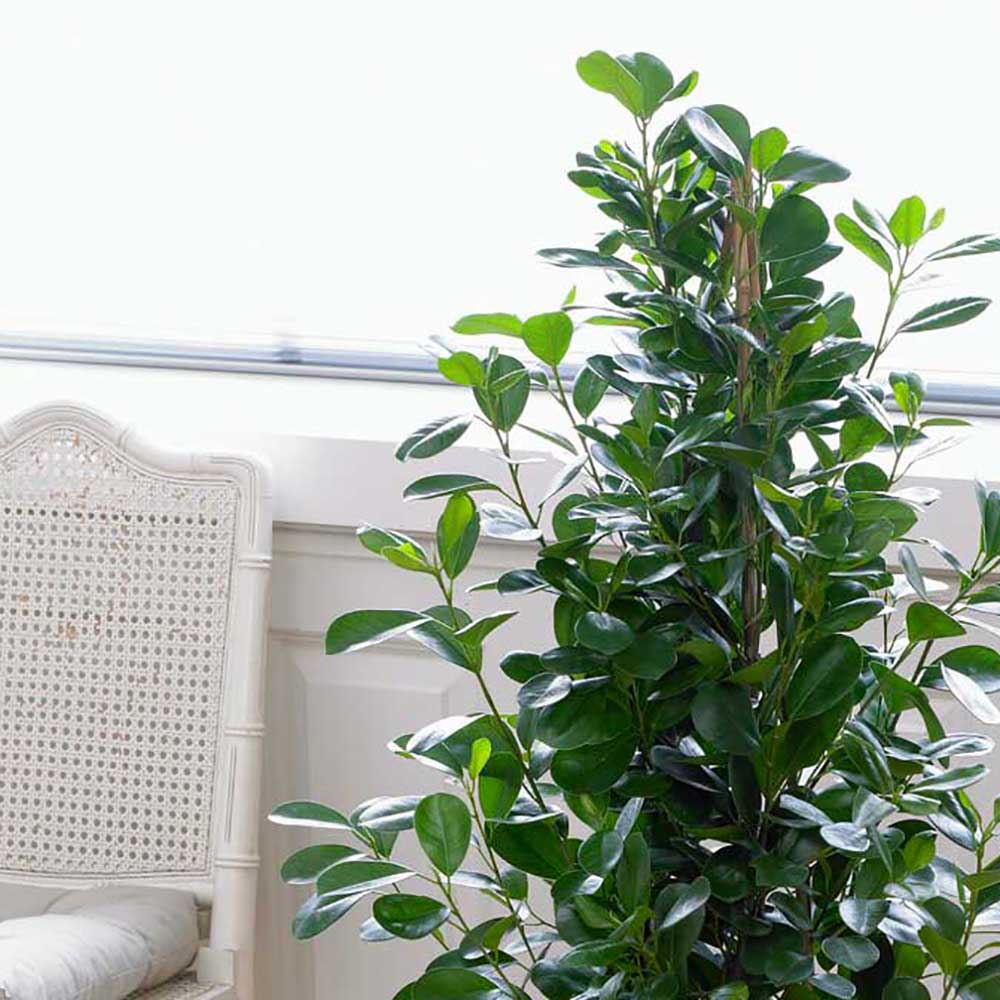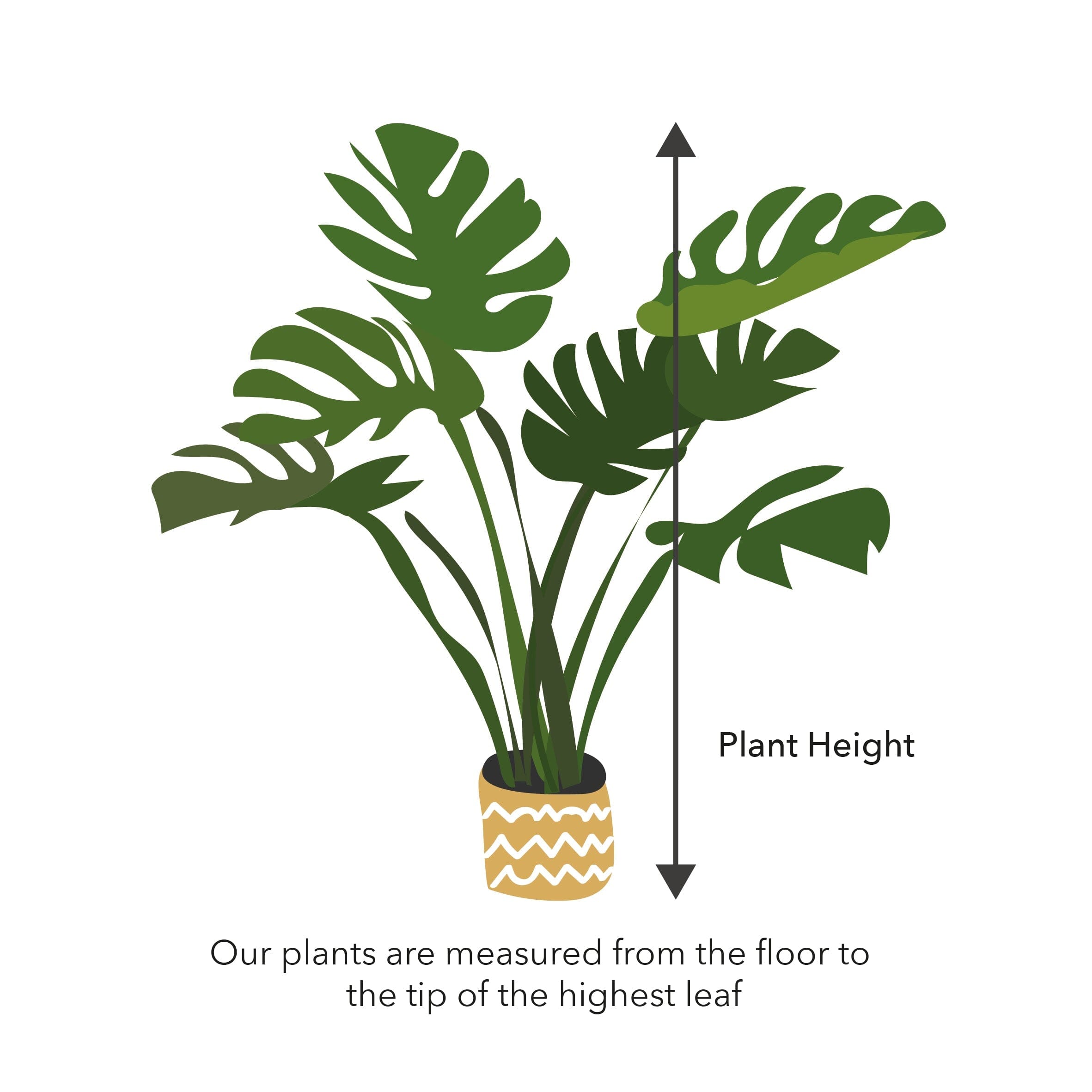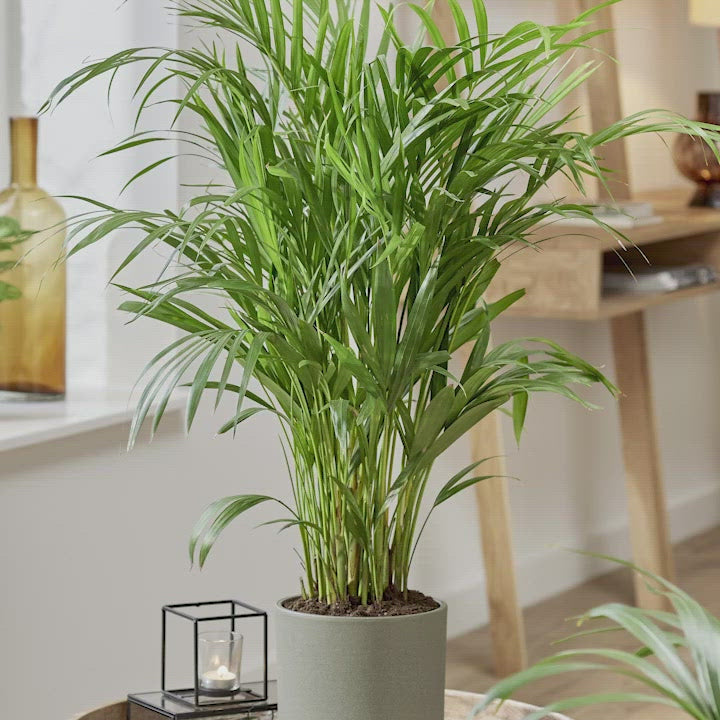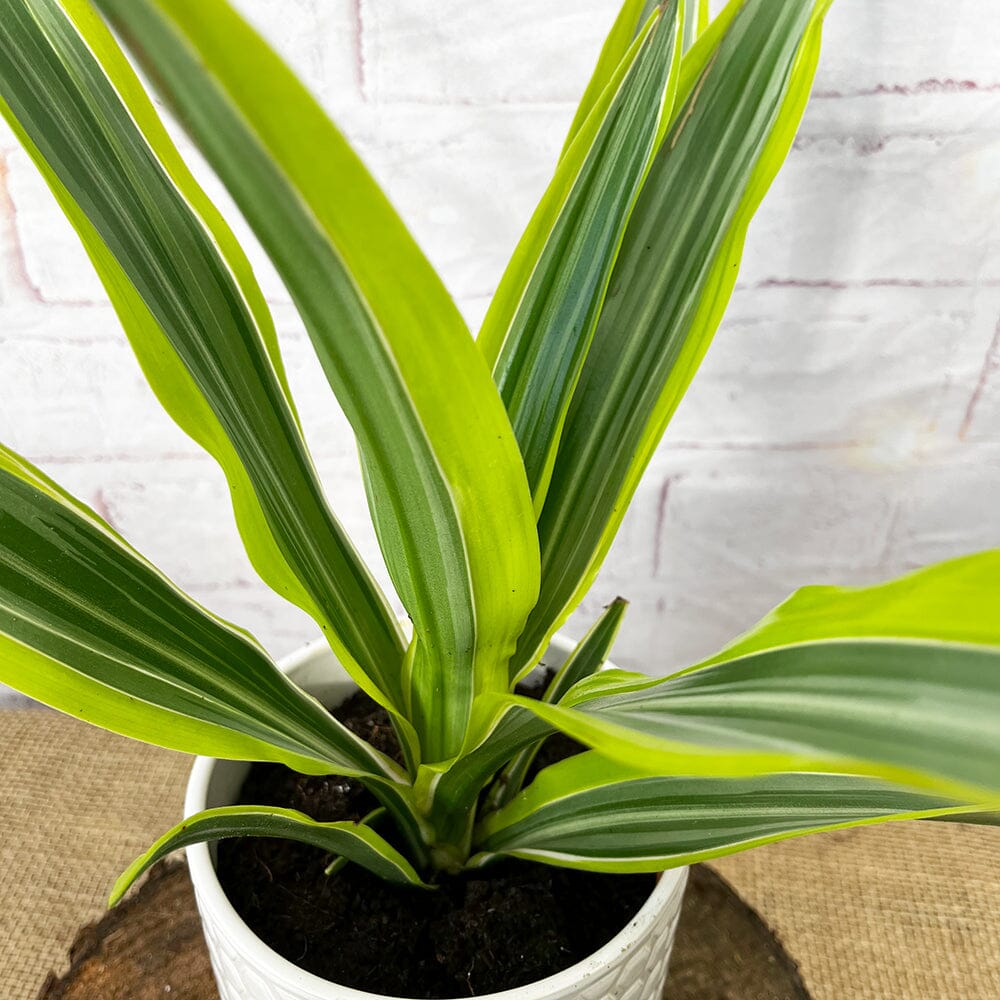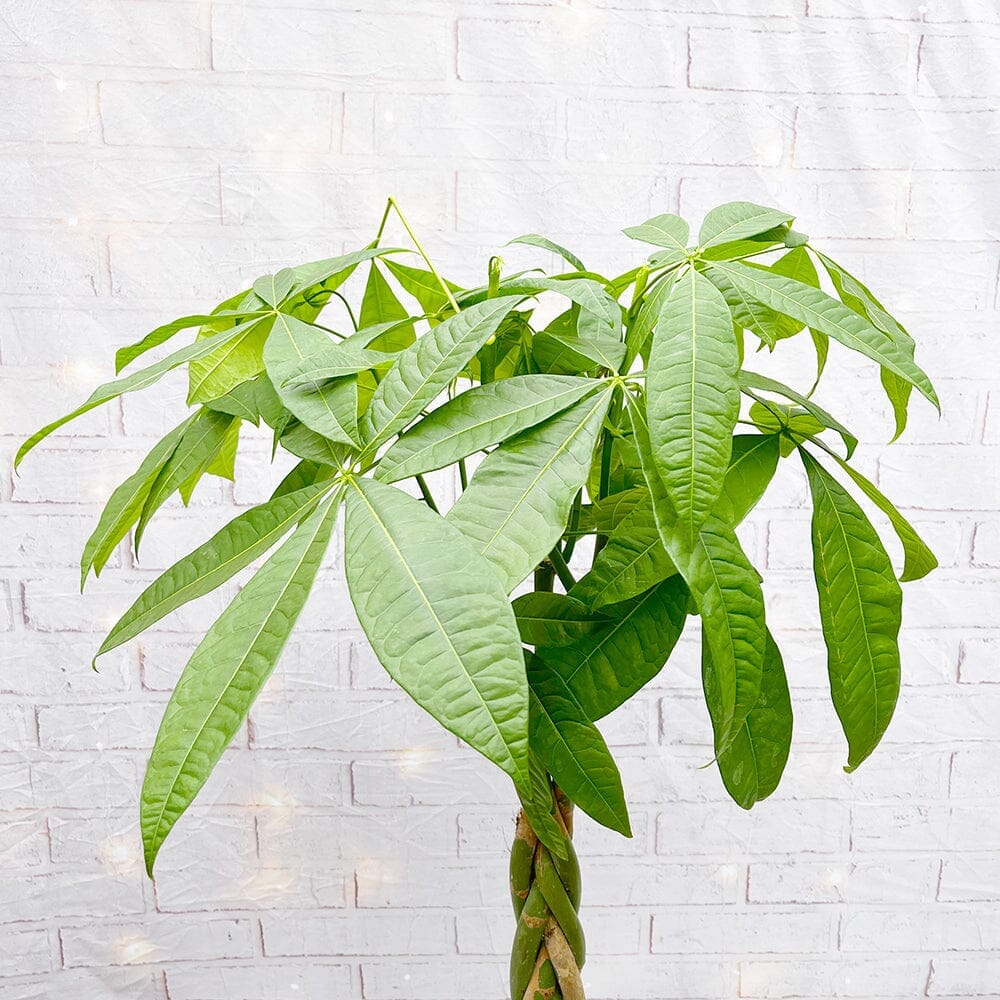Astilbe Pink Aquatic Pond Plant - False Goat's Beard
Astilbe, commonly known as False Spirea, is a genus of herbaceous perennial plants that belong to the Saxifragaceae family. There are several pink varieties of Astilbe, each with its unique characteristics, but they generally share common traits. These plants feature attractive fern-like foliage and produce dense, feathery flower plumes in shades of pink. The flowers rise above the foliage on tall, upright stems, creating a stunning display of color and texture in the garden. The pink varieties of Astilbe are known for their soft, delicate blooms that add a romantic touch to any landscape.
Care Guide:
Light Requirements: Astilbe prefers partial shade to filtered sunlight. Too much direct sunlight can scorch the foliage and diminish flower production. Plant them in an area that receives morning sun or dappled shade throughout the day.
Soil Requirements: Astilbe thrives in rich, moist, and well-draining soil. It prefers soil with a slightly acidic to neutral pH level (around 6.0-7.0). Enhance the soil with organic matter like compost or well-rotted manure to improve its moisture retention and fertility.
Watering: Regular watering is crucial for Astilbe, especially during the hot summer months. Keep the soil consistently moist but not waterlogged. Mulching around the plants can help retain soil moisture and regulate soil temperature.
Fertilization: Apply a balanced slow-release fertilizer or a water-soluble fertilizer formulated for flowering plants in early spring when new growth emerges. Follow the package instructions for proper dosage and application. Avoid excessive fertilization, as it can lead to weak growth and decreased flower production.
Mulching: Apply a layer of organic mulch, such as shredded bark or compost, around the base of the plants to conserve moisture, suppress weed growth, and maintain a more even soil temperature. Mulching also adds an aesthetic touch to the garden bed.
Pruning: After the flowering season, you can remove the spent flower stalks by cutting them back to the base of the plant. This practice improves the plant's appearance and redirects energy to foliage growth. In late fall or early spring, cut back the old foliage close to the ground to allow for fresh growth.
Division: Over time, Astilbe plants can become crowded and produce fewer flowers. Dividing them every 3-4 years helps rejuvenate the plant and maintain its vigor. Divide in early spring or late summer, ensuring each division has sufficient roots and foliage.
Pest and Disease Control: Astilbe is generally resistant to pests and diseases. However, it can be susceptible to powdery mildew, particularly in humid conditions. Ensure good air circulation around the plants and avoid overhead watering to prevent the development of fungal diseases.
Astilbe pink varieties bring charm and elegance to shaded areas, woodland gardens, and border plantings. Their beautiful pink flowers and lush foliage create a soft, romantic atmosphere in the garden. With proper care and maintenance, these plants will reward you with years of delightful blooms. Enjoy the beauty of pink Astilbe in your landscape!
Selection:
Choose plants that are specifically adapted to grow in wet or boggy conditions. Research different species of bog plants to find ones that suit your pond's conditions and your aesthetic preferences. Consider factors such as height, flower colour, foliage texture, and seasonal interest when selecting plants.
Soil:
Bog plants thrive in soil that is consistently moist, but not waterlogged. Prepare the planting area by creating a mix of equal parts garden soil, peat moss, and sand to provide good drainage while retaining moisture. Avoid using heavy clay soil, as it can become compacted and restrict root growth.
Sunlight:
Most bog plants prefer full sun to partial shade. Ensure that the plants receive at least 4-6 hours of direct sunlight each day for optimal growth and flowering. Some bog plants can tolerate more shade, so consider the specific light requirements of the plants you choose.
Watering:
Bog plants require consistent moisture, so water them regularly to keep the soil damp. Monitor the moisture level and water as needed to prevent the soil from drying out. During hot and dry periods, you may need to water more frequently to maintain proper moisture levels.
Planting:
Dig a hole slightly larger than the root ball of the plant and loosen the soil at the bottom. Place the plant in the hole, ensuring that the crown is level with or slightly above the soil surface. Backfill the hole with the prepared soil mixture, gently firming it around the plant to eliminate air pockets. Water thoroughly after planting to settle the soil and provide initial hydration.
Mulching:
Apply a layer of organic mulch, such as straw or shredded bark, around the base of the plants. Mulching helps retain moisture, suppresses weeds, and regulates soil temperature. Maintain a layer of 2-3 inches of mulch, keeping it away from the plant's stems to prevent rotting.
Fertilization:
Bog plants generally do not require heavy fertilization if the soil is nutrient-rich. However, if growth appears weak or leaves show signs of nutrient deficiencies, you can apply a slow-release fertilizer specifically formulated for aquatic plants. Follow the manufacturer's instructions for application rates and frequency.
Maintenance:
Regularly remove any dead or decaying foliage to maintain plant health and appearance. Divide overcrowded plants every few years to prevent competition for resources and promote vigorous growth. Prune back excessive growth to maintain a tidy appearance and to prevent plants from encroaching on other plants or the pond itself.
Winter Care:
Hardy bog plants can withstand winter temperatures, while tender ones may need protection. In colder regions, consider mulching around the base of the plants or covering them with a layer of straw or burlap to insulate them from freezing temperatures.
Monitoring and Troubleshooting:
Regularly inspect plants for signs of pests, diseases, or nutrient deficiencies. Address any issues promptly with appropriate treatments, such as organic insecticides, fungicides, or nutrient amendments. By following these general tips and care guidelines, you can create a thriving bog planting area around your pond, adding beauty and interest while supporting a diverse ecosystem.














